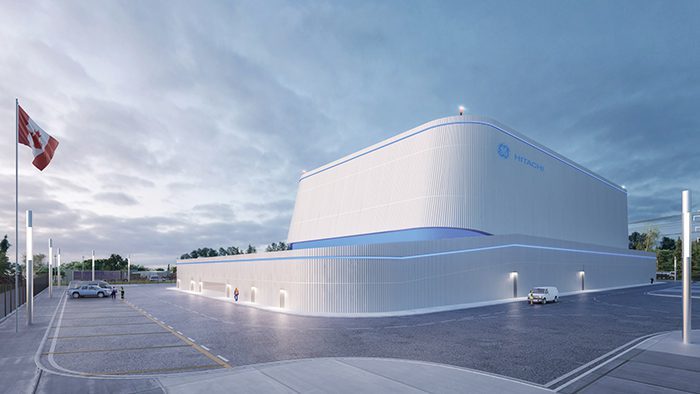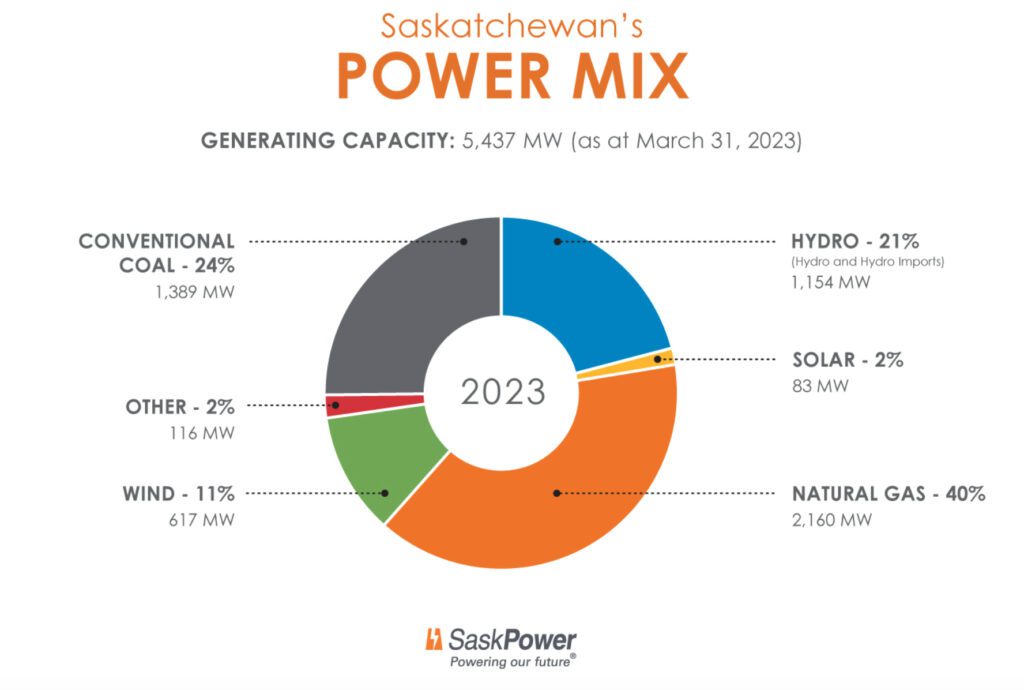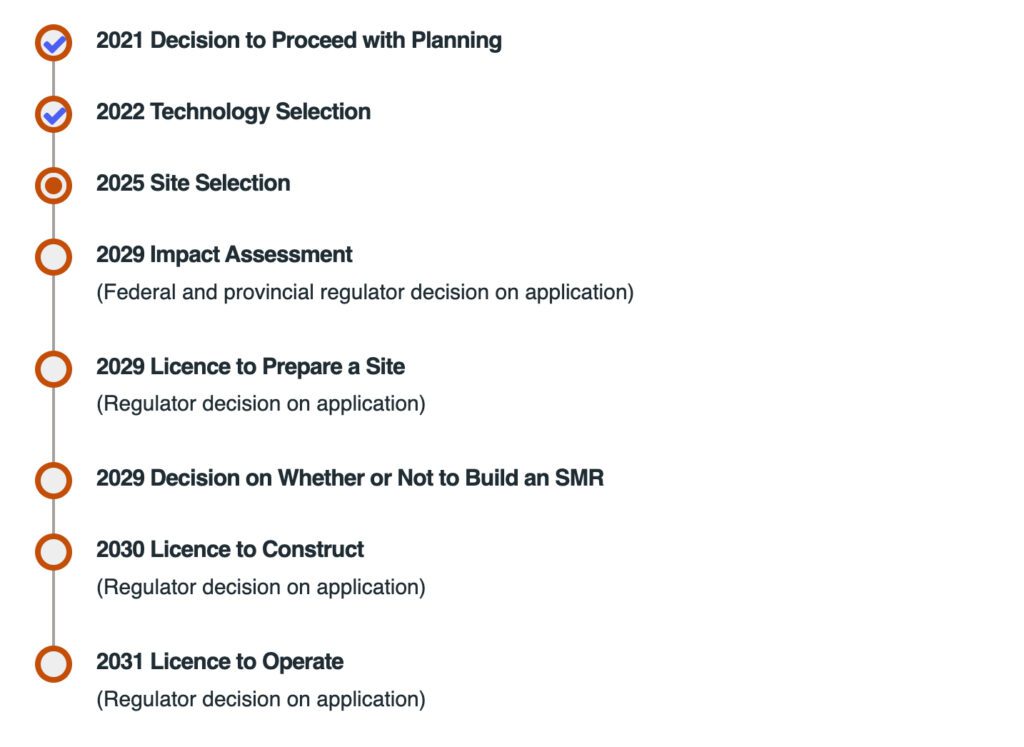Federal Funding Bolsters Saskatchewan's First Proposed 300-MW Nuclear Project
Canada’s federal government has committed C$74 million ($55 million) to support SaskPower’s potential deployment of a 300-MW small modular reactor (SMR) in the mid-2030s.
Federal agency Natural Resources Canada on Aug. 19 confirmed that up to C$50 million is designated for SaskPower from the agency’s C$250 million Electricity Predevelopment Program. Another C$24 million will be committed to the provincial government of Saskatchewan from the Environment and Climate Change Canada’s (ECCC) Future Electricity Fund (FEF).
The February 2022-launched FEF fund sources proceeds from Canada’s Output-Based Pricing System (OBPS)—a performance-based carbon tax that applies to industrial emitters in certain provinces. In early July, notably, a government order retroactively removed Saskatchewan from Part 2 of Schedule 1 to the Greenhouse Gas Pollution Pricing Act, meaning the federal OBPS has not applied to Saskatchewan’s electricity generation and natural gas transmission pipeline sectors, since Jan. 1, 2023. The FEF is “intended to help spur innovation and encourage the adoption of cleaner technologies and fuels in Canada—including Saskatchewan’s small modular reactor project,” Natural Resources Canada said.
SaskPower in June 2022 selected GE Hitachi Nuclear Energy’s (GEH’s) BWRX-300 SMR technology for the province’s first two potential nuclear units. It later shortlisted two study areas for evaluation: Elbow and Estevan.
The technology selection closely followed Ontario Power Generation’s (OPG’s) December 2021 selection of the BWRX-300 for its first SMR deployment at the Darlington Nuclear Facility in Ontario, which could be completed as early as 2028 (with an anticipated commercial start date in 2029). On July 7, notably, the Ontario government announced it would work with OPG to commence planning and licensing for three additional SMRs for a total of four SMRs at the Darlington new nuclear site. Though dependent on approvals on construction, the additional SMRs could come online between 2034 and 2036, OPG said.

While Ontario already has 15 nuclear units in operation (and three units under refurbishment) at three sites, the first Darlington SMR is slated to be the province’s first new reactor since 1993. If built, SaskPower’s proposed SMR will be SaskPower’s first commercial nuclear project.
Saskatchewan, for its part, has emphasized multiple benefits stemming from the new industry, including a possible increase in demand for uranium produced in the province, which is a leading global uranium producer. The SaskPower project could leverage Saskatchewan-produced uranium and link it to Ontario’s lead, nuclear knowledge, and expertise, Ontario’s government noted last year.
SaskPower, however, has noted that future reliability is a key driver for its nuclear energy ambitions. Canada’s federal legislation requires all conventional coal-fired power generation to be retired by 2030 or retrofitting units with carbon capture and storage (CCS). That may mean retiring its existing 1.4-GW coal fleet, though one of its coal units—the 115-MW Boundary Dam 3—has successfully run a CCS unit since 2014. (The project was POWER’s 2015 Plant of the Year.) A SaskPower October 2022–released annual report suggests new SMRs could provide more lift to the utility’s efforts to achieve a 50% reduction in GHG emissions from 2005 levels by 2030 and a potential goal of net zero by 2050.

Natural Resources Canada last week noted the C$74 million would support “re-engineering work and technical studies, environmental assessments, regulatory studies and community and Indigenous engagement to help advance this important project.”
SaskPower intends to make a decision to build a potential BWRX-300 project in 2029. The utility anticipates construction of its first SMR could begin as early as 2030, with a targeted in-service date of 2034. “Additional facilities could begin construction as early as 2034,” Natural Resources Canada added.
Over the near term, SaskPower intends to decide on a final site and purchase land in 2024. “Over the next year, our goal is to narrow down options for a potential site based on information we collect through studies and engagement activities with communities, stakeholders and rights-holders in the study areas,” SaskPower says on its website.

—Sonal Patel is a POWER senior associate editor (@sonalcpatel, @POWERmagazine).